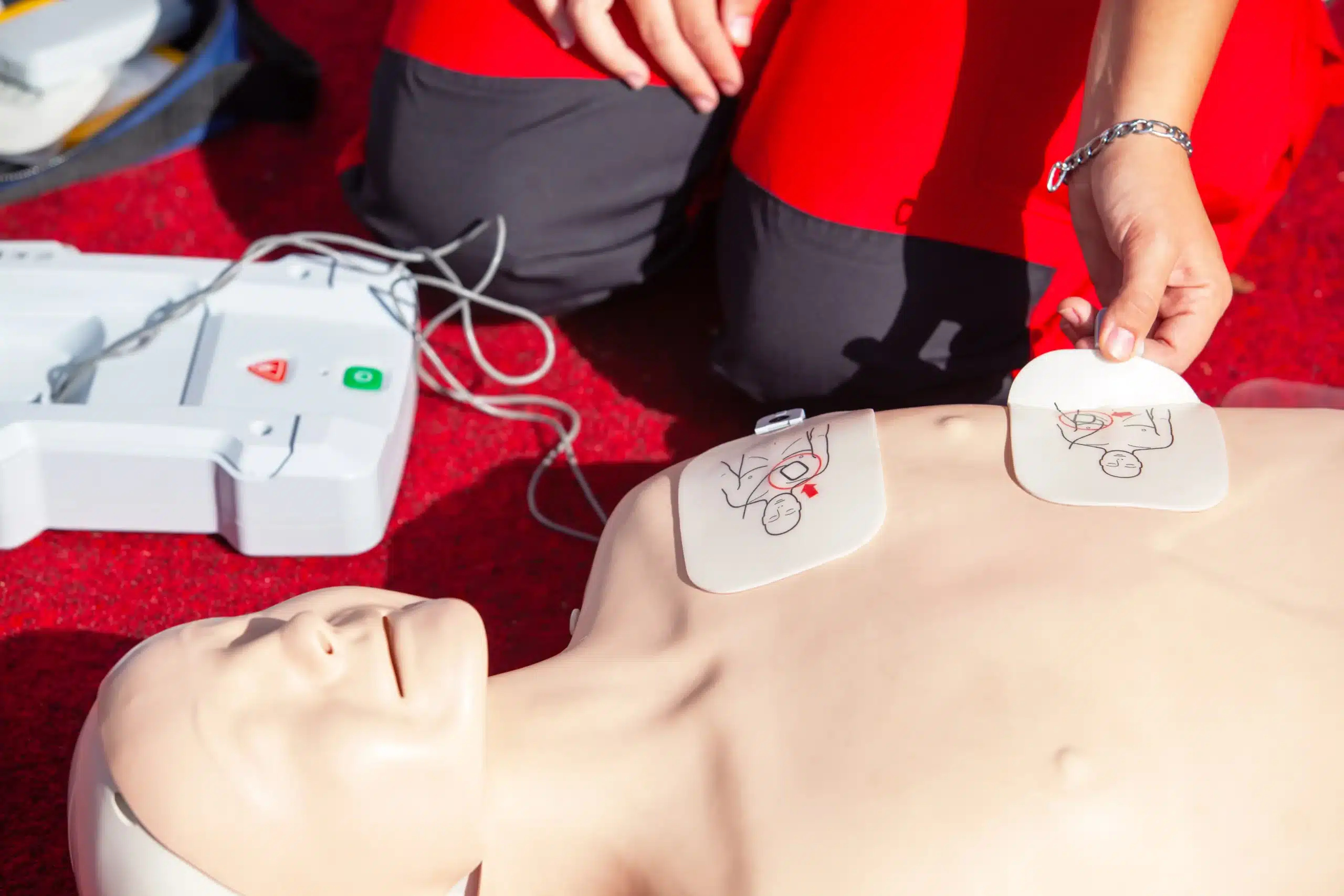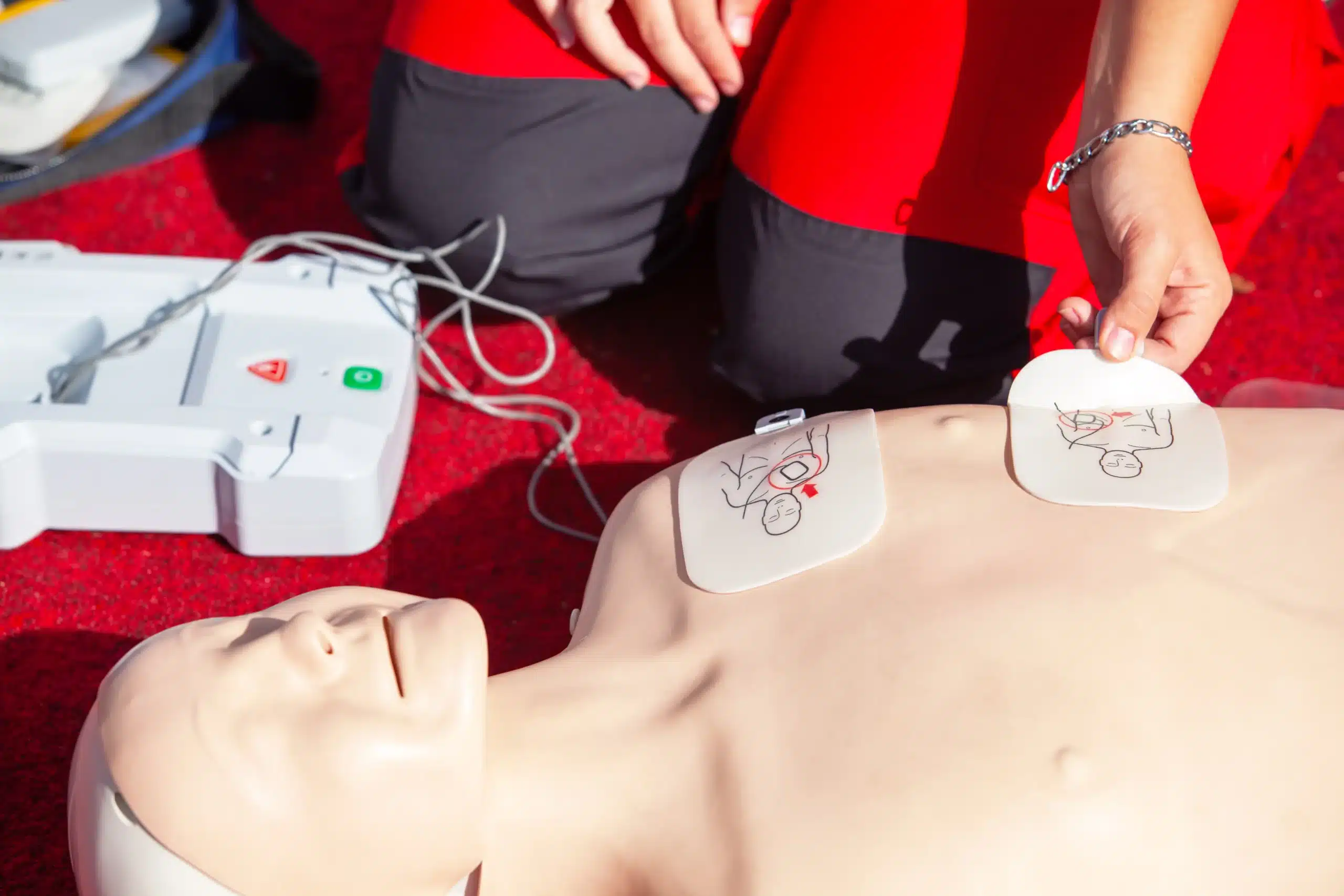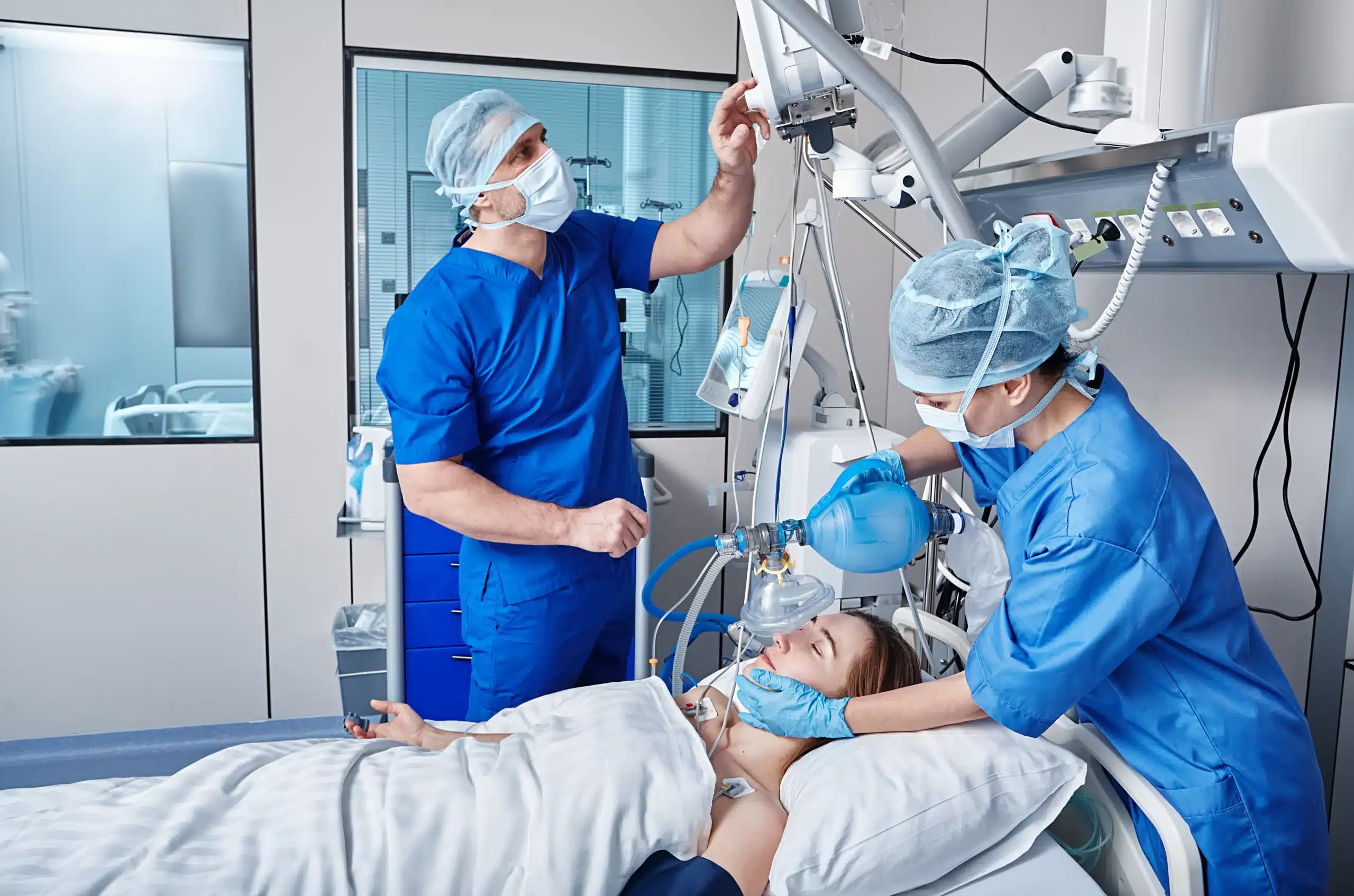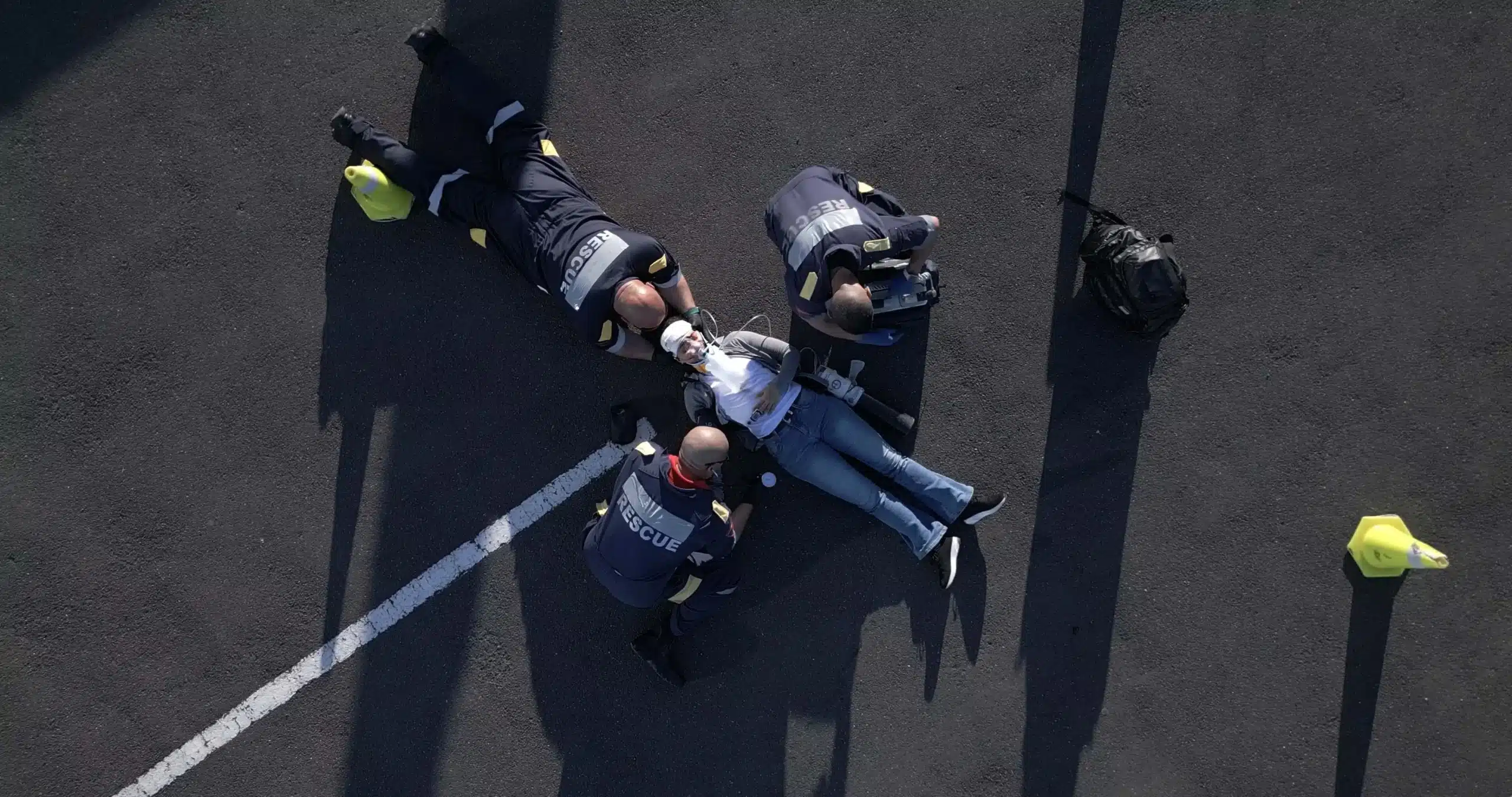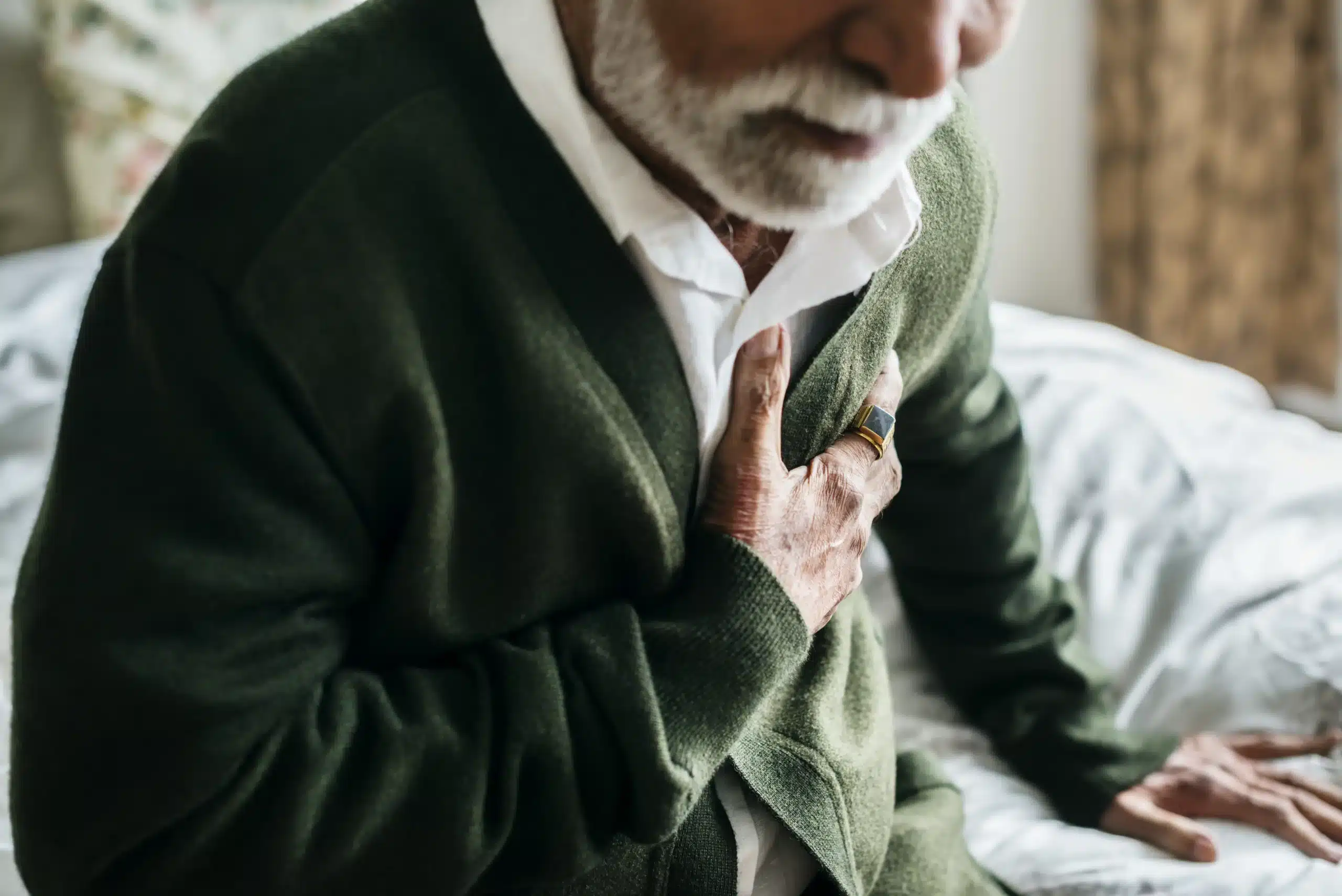Living in San Leandro offers so much—a vibrant community, beautiful surroundings, and a unique Bay Area charm. But it also comes with a geological reality: the Hayward Fault. Earthquake preparedness in San Leandro is more than just having an emergency kit; it’s about understanding our risks and taking proactive steps to protect ourselves, our families, and our community. This guide provides a comprehensive overview of everything you need to know, from assessing your home’s vulnerability to creating a solid family emergency plan. We’ll also explore the resources available in San Leandro and empower you with essential skills like first aid and CPR. Let’s work together to build a more resilient San Leandro, ready to face any challenge.
Key Takeaways
- Prepare for earthquakes by strengthening your home and making a family emergency plan: Secure furniture, reinforce your home’s structure, and establish communication strategies for reuniting with family after a quake.
- San Leandro offers resources to help residents prepare: Explore local programs, workshops, and financial aid options for earthquake retrofitting and other preparedness measures.
- CPR and first aid training are invaluable in earthquake scenarios: Learn these essential skills to address injuries and provide immediate assistance when medical help might be delayed.
What are San Leandro’s Earthquake Risks?
Living in the Bay Area, we know earthquakes are a fact of life. But understanding San Leandro’s specific risks helps us prepare more effectively. Let’s take a closer look at the seismic landscape and what we can learn from past events.
San Leandro’s Seismic Profile
San Leandro sits along the Hayward Fault, a notoriously active seismic zone. The Hayward Fault stretches for about 60 miles and has a history of producing significant earthquakes. Data from the U.S. Geological Survey (USGS) shows a high probability of a major earthquake within 50 kilometers of San Leandro in the coming decades. This underscores the importance of proactive earthquake preparedness for everyone in our community.
Past Earthquakes: Impacts and Lessons
History provides valuable lessons about earthquake impacts. A major earthquake centered in a densely populated area like the Bay Area has the potential for significant devastation. Past earthquakes, like the 1906 San Francisco earthquake, have spurred advancements in building codes and seismic safety, highlighting the importance of learning from these events. Understanding the impact of past earthquakes helps us prioritize preparedness measures and build a more resilient community.
Strengthen Your Home for Earthquakes
Living in San Leandro means living with the Hayward Fault—a reality that requires proactive steps to protect your home and family. While we can’t predict earthquakes, we can significantly reduce their impact through home improvements and preparedness.
Bolt Your Foundation & Brace Cripple Walls
Older wood-frame homes are particularly vulnerable during earthquakes. One of the most effective ways to strengthen your home’s structure is by bolting the foundation and bracing cripple walls. These improvements create a stronger connection between your home’s frame and its foundation, helping it resist the intense shaking of an earthquake. The City of San Leandro highlights these upgrades as crucial for improving structural integrity and earthquake safety.
Secure Furniture & Appliances
Think about what happens to unsecured objects during an earthquake: they become projectiles. Heavy furniture, appliances, and even decorative items can cause significant damage and injuries if they topple or are thrown across a room. You can take simple steps to secure your home by moving heavy objects to lower shelves and anchoring tall furniture, mirrors, and appliances to the walls. Securing these items can prevent harm and protect your belongings.
Upgrade to Earthquake-Resistant Features
Because San Leandro sits along the Hayward Fault zone, upgrading your home with earthquake-resistant features is a smart investment. Think about reinforcing chimneys, installing flexible gas lines, and using shatter-resistant window film. The City of San Leandro’s Strengthening Program offers resources for residents to learn about these upgrades and other ways to make their homes safer during seismic events. Preparing your home now can minimize damage and protect your family when the next earthquake strikes.
Find Earthquake Resources in San Leandro
Living near the Hayward Fault, we know earthquake preparedness is key for San Leandro residents. Luckily, there are several local resources available to help you and your family stay safe.
City Programs & Financial Aid
San Leandro offers several programs to help homeowners strengthen their houses against earthquake damage. The California Earthquake Brace + Bolt (EBB) program provides grants of up to $10,000 to help with retrofitting costs. This financial assistance can make a real difference in protecting your home and loved ones.
Community Emergency Response Teams (CERT)
Because San Leandro sits along an active fault zone, the city actively promotes community preparedness. Community Emergency Response Teams (CERT) train residents to handle the immediate aftermath of a major earthquake. Joining CERT is a great way to gain valuable skills and connect with your neighbors.
Local Workshops & Training
Want to learn more about protecting your home? San Leandro offers free workshops three times a year—in March, July, and October. Each session includes four evening classes focused on simple, cost-effective retrofitting techniques for older wood-frame homes. They even have a tool-lending library, which is especially helpful if you’re a DIYer.
Make a Family Emergency Plan
Living in San Leandro means living with the Hayward Fault—a significant earthquake risk. A well-defined family emergency plan is crucial for navigating the aftermath. This plan should cover communication strategies, safe meeting points, and essential supplies.
Choose Safe Meeting Points
Because San Leandro sits along the Hayward Fault, a major earthquake could disrupt transportation and communication. Designate safe meeting points both near your home, like a neighbor’s yard, and further away, in case evacuation is necessary. Consider places like a community center or a park outside the immediate earthquake zone. This ensures your family can reunite even if separated during the quake. The City of San Leandro offers resources on earthquake preparedness that can help you identify suitable locations.
Plan Emergency Communication
After an earthquake, local phone lines might be down. Choose an out-of-state contact person everyone can call to relay messages and confirm their safety. This person acts as a central communication hub. Also, discuss alternative communication methods like text messaging or social media, which might be more reliable than traditional phone calls. Ready.gov offers helpful tips for establishing a communication plan as part of your overall earthquake preparedness strategy.
Build Emergency Kits
Assemble emergency kits for your home, cars, and workplaces. These kits should contain enough supplies to sustain each family member for several days. Include essentials like water, non-perishable food, a first-aid kit, a flashlight, a whistle, and a fire extinguisher. Consider special needs like medications or baby formula. Ready.gov offers detailed checklists to guide your emergency kit preparations.
What to Do During & After an Earthquake
Drop, Cover, and Hold On
When the ground starts shaking, your immediate reaction can make all the difference. The Drop, Cover, and Hold On method is your best defense against falling debris and injuries during an earthquake. First, drop to your hands and knees. This position protects you from being knocked over and allows you to crawl to shelter if needed. Next, cover your head and neck by getting under a sturdy table or desk. If no shelter is available, get against an interior wall and protect your head and neck with your arms. Finally, hold on to your shelter or your head and neck until the shaking stops. This simple procedure can significantly increase your chances of survival.
Location-Specific Safety
San Leandro’s location along the Hayward Fault presents unique earthquake risks. This 60-mile fault zone is considered highly active, meaning residents need to be extra vigilant. Familiarize yourself with your surroundings. Identifying safe spots in your home, workplace, and frequently visited locations is key. Knowing the potential hazards specific to San Leandro, such as the risk of liquefaction in certain areas, can help you make informed decisions during and after an earthquake.
Post-Earthquake Safety Check
After the initial shaking subsides, remember that aftershocks can occur—sometimes even larger than the first quake. Be prepared to Drop, Cover, and Hold On again if necessary. Check yourself and those around you for injuries. If you have first aid training, provide assistance as needed, but don’t attempt to move seriously injured individuals unless they are in immediate danger. Avoid entering damaged buildings, as they may collapse during aftershocks. Be aware of potential hazards like downed power lines and broken gas lines. Staying informed and cautious in the aftermath is crucial for your safety and the safety of your community. Consider taking a CPR and First Aid class to be prepared for emergencies.
Prepare for Earthquakes Long-Term
Protecting your family and home from earthquakes is an ongoing process. Beyond immediate preparations, cultivating long-term habits will significantly improve your resilience. Here’s how to integrate earthquake preparedness into your everyday life:
Regular Home Safety Checks
Make home safety checks a regular routine. Just like you change your smoke detector batteries, periodically assess your home for potential earthquake hazards. The City of San Leandro offers a “Strengthening Program,” a community preparedness partnership to help you improve your home’s safety. This program, detailed in the San Leandro Earthquake Retrofit Handbook, emphasizes the importance of retrofitting homes, especially for those located along the Hayward fault zone. Look for loose objects that could fall during shaking, check furniture stability, and inspect gas and water lines for potential vulnerabilities. Addressing these small issues regularly prevents them from becoming major problems during an earthquake.
Stay Informed About Earthquakes
San Leandro is located in an active earthquake zone, so staying informed is crucial. Familiarize yourself with the history of earthquakes in the region, as discussed in Living with the Fault, to understand the potential risks. Sign up for earthquake early warning systems like ShakeAlert, which can give you valuable seconds to prepare before the shaking starts. Stay updated on the latest earthquake preparedness strategies and recommendations from reputable sources like the U.S. Geological Survey (USGS) and the California Governor’s Office of Emergency Services (CalOES).
Join Community Preparedness Initiatives
Participating in community preparedness initiatives strengthens your individual skills and builds a more resilient San Leandro. Consider joining a Community Emergency Response Team (CERT) program. CERT training equips you with valuable skills in disaster response, first aid, and community organization. Connect with your neighbors to establish a support network and share resources. Working together amplifies your community’s ability to respond effectively and recover quickly after an earthquake. Learning from historical earthquakes, like the Perris Valley temblor, and engaging in community preparedness initiatives enhances individual and collective resilience against future earthquakes.
CPR & First Aid: Essential for Earthquakes
This section focuses on the crucial role of CPR and first aid in earthquake preparedness, especially in a location like San Leandro, which is prone to seismic activity. Knowing these skills can make a real difference in a disaster scenario when immediate medical help might be delayed or unavailable.
Why First Aid Matters in Disasters
After an earthquake, roads can be blocked, and emergency services might be overwhelmed. This means getting immediate medical help could be difficult. Having basic first aid skills can be invaluable in these critical moments, allowing you to address injuries and control bleeding until professional help arrives. Being prepared empowers you to take action and potentially save lives. Think of it as an extra layer of security in a chaotic situation. For those in the San Leandro, Hayward, and Union City areas, San Leandro CPR Classes offers comprehensive first aid training.
Learn CPR for Emergencies
Learning CPR is another essential skill, especially in earthquake-prone areas. In the aftermath of a quake, someone might experience cardiac arrest or stop breathing due to injuries or stress. Knowing CPR allows you to step in and administer lifesaving aid. Taking a CPR course not only teaches you the technique but also builds your confidence in handling such emergencies. San Leandro CPR Classes offers various courses, including BLS, ACLS, and PALS, catering to different levels of expertise. We also offer group discounts and the RQI program for faster certification. Check out our low price guarantee and contact us with any questions.
Build a Resilient San Leandro
A truly resilient San Leandro thrives on community collaboration and shared responsibility. Working together, we can create a network of support that strengthens our city’s ability to withstand and recover from earthquakes.
Neighborhood Support
Connect with your neighbors to discuss earthquake preparedness. Sharing knowledge, resources, and plans can make a significant difference in a crisis. Consider establishing a neighborhood watch system to check on vulnerable residents after an earthquake. Knowing who might need extra help—elderly neighbors, people with disabilities, or families with young children—allows for a quicker, more targeted response. This sense of community is invaluable during emergencies.
Work with Local Authorities & Resources
San Leandro is situated in a seismically active zone along the Hayward Fault, making proactive preparedness crucial. The city recognizes this risk and offers valuable resources to help residents prepare. Explore the city’s earthquake retrofit program to strengthen your home against seismic activity. San Leandro also provides a comprehensive list of emergency management resources, covering everything from earthquake preparedness to general emergency information and contact details for relevant government agencies. Staying informed and connected with local authorities is essential. Utilize available early warning systems and communication networks; these tools can provide critical alerts and updates during an emergency. By actively engaging with these resources and working together, we can build a more resilient San Leandro for everyone.
Earthquake Insurance & Finances
Earthquake Insurance Options
When preparing for earthquakes, it’s essential to consider how you’ll manage financially after a significant seismic event. Standard homeowner’s insurance policies typically exclude earthquake damage, leaving many property owners vulnerable. Take the time to research and secure a separate earthquake insurance policy to protect your home and belongings. This specialized coverage can help you rebuild and recover financially if an earthquake strikes. Californians should also explore the Earthquake Brace + Bolt (EBB) program, which offers grants ranging from $3,000 to $10,000 to help homeowners retrofit their houses for better earthquake resistance.
Create a Financial Safety Net
Beyond insurance, creating a broader financial safety net is wise. The City of San Leandro maintains a helpful list of contractors familiar with local building codes for seismic retrofits. While the city doesn’t endorse specific contractors, this resource can connect you with qualified professionals and ensure any upgrades comply with safety standards. For San Leandro homeowners with an annual household income of $89,040 or less, a supplemental grant may cover some or all of your retrofitting expenses, depending on the project and your home’s location. This can provide significant financial relief, making it easier to invest in earthquake safety.
Related Articles
- BLS Training in Hayward: Your Comprehensive Guide – San Leandro CPR Classes
- CPR & First Aid Training in Hayward: Your Guide – San Leandro CPR Classes
- Pediatric CPR & First-Aid Classes in Hayward – San Leandro CPR Classes
- First-Aid Training in San Leandro: Your Complete Guide – San Leandro CPR Classes
- CPR Courses in San Leandro: Your Complete Guide – San Leandro CPR Classes
Frequently Asked Questions
Why is earthquake preparedness so important in San Leandro?
San Leandro is located along the Hayward Fault, one of the most active fault lines in the Bay Area. The USGS predicts a high probability of a major earthquake in our region, making preparedness crucial for everyone living and working here. Understanding the specific risks and taking proactive steps can significantly reduce the impact of an earthquake on your family, home, and community.
What are the most effective ways to strengthen my home against earthquakes?
Bolting your home’s foundation and bracing cripple walls are among the most effective structural improvements. Securing furniture, appliances, and heavy objects to prevent them from becoming projectiles during shaking is also essential. Consider earthquake-resistant upgrades like flexible gas lines and shatter-resistant window film. San Leandro’s Strengthening Program offers resources and workshops to guide you through these improvements.
What resources are available in San Leandro to help me prepare for an earthquake?
San Leandro offers various resources, including the Earthquake Brace + Bolt (EBB) program, which provides grants for home retrofits. Community Emergency Response Teams (CERT) offer training in disaster response, and the city hosts workshops on earthquake preparedness and retrofitting techniques. Explore the city’s website and emergency management resources for detailed information and assistance.
What should I include in my family’s earthquake emergency plan?
Your plan should include designated safe meeting points both near and further from your home, a communication strategy with an out-of-state contact, and comprehensive emergency kits for your home, cars, and workplaces. These kits should contain essential supplies like water, food, first aid, and tools. Remember to consider individual needs like medications.
How can I stay informed about earthquake risks and preparedness strategies in San Leandro?
Stay informed by signing up for earthquake early warning systems like ShakeAlert. Regularly review resources from the USGS and CalOES for updates on best practices. Engage with local authorities and community programs to stay connected with the latest information and resources specific to San Leandro. Participating in community preparedness initiatives also helps build a more resilient network in your neighborhood.

